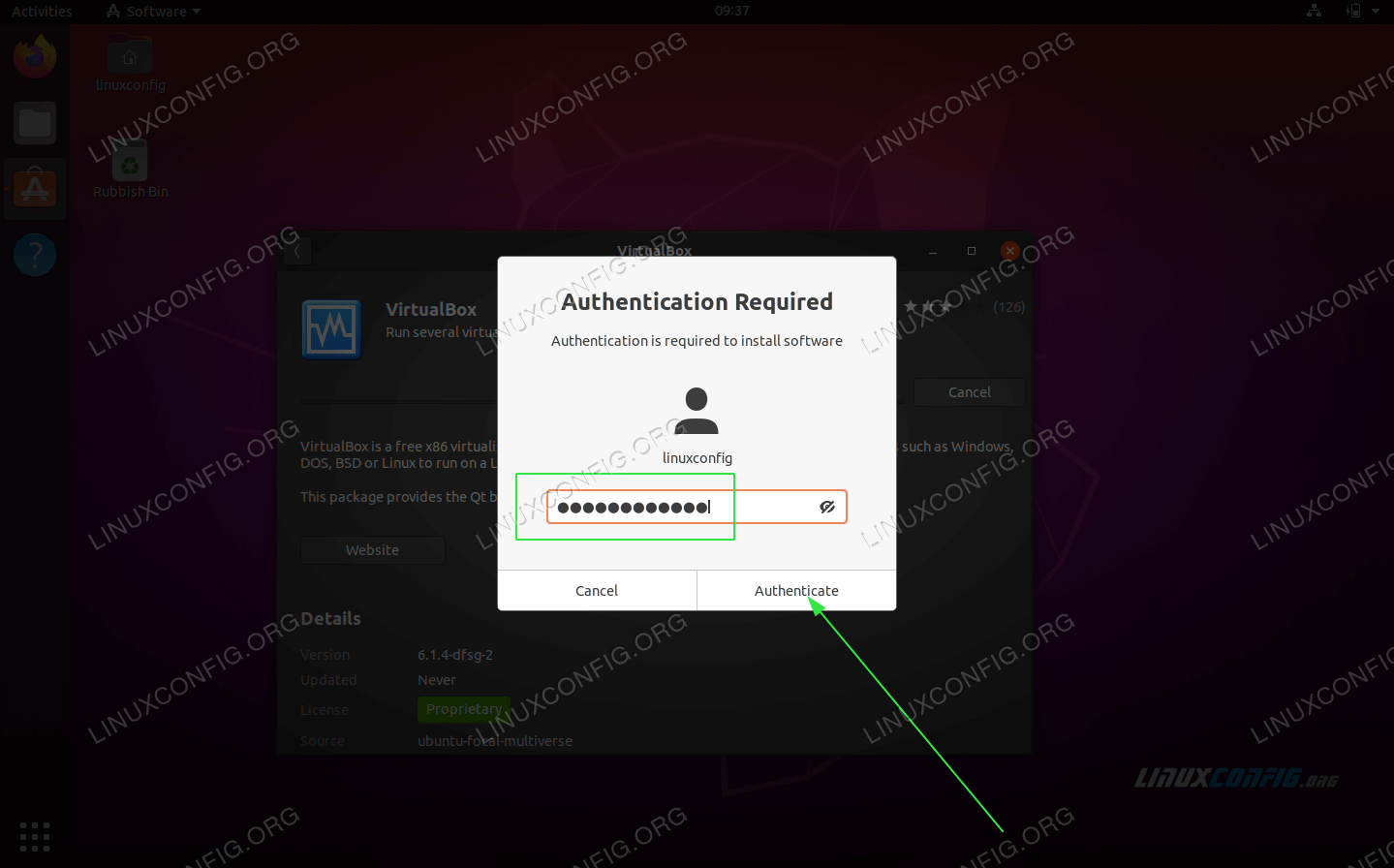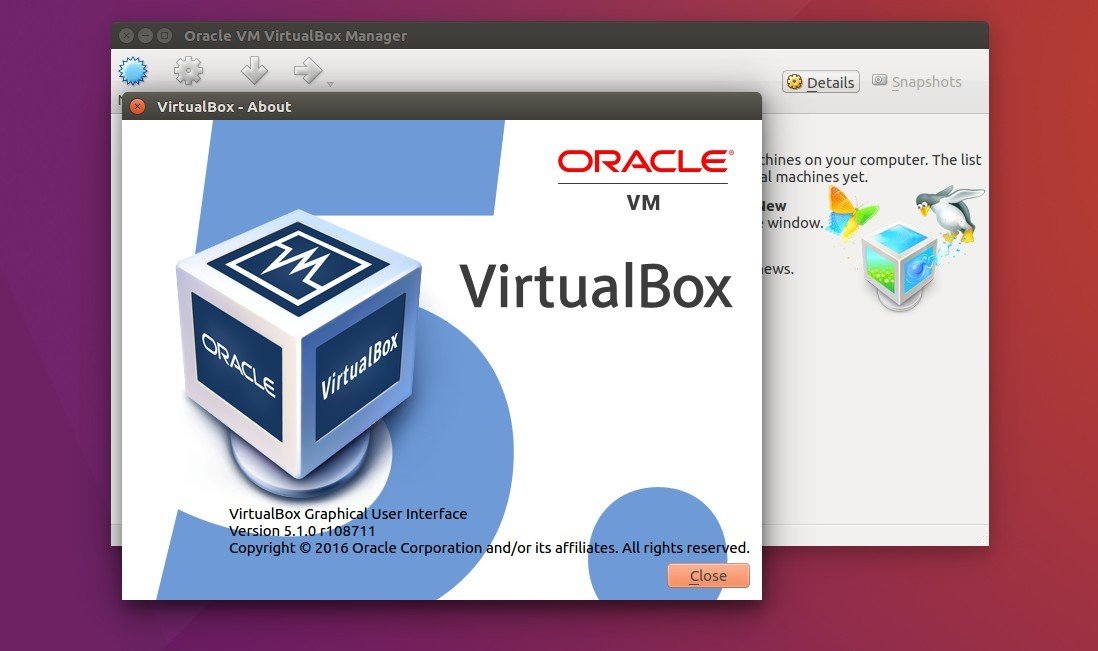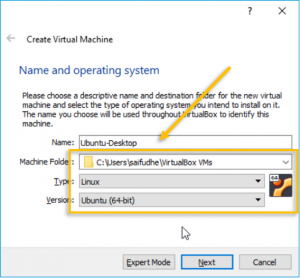

To make the hello-minikube container accessible from outside the Kubernetes virtual network, you have to expose the Pod, i.e. The command above creates a Pod named hello-minikube and starts in it a container from the image gcr.io/google_containers/echoserver:1.4. create a Deployment: $ kubectl create deployment hello-minikube -image=gcr.io/google_containers/echoserver:1.4 Once you have a running local Kubernetes cluster, you can deploy a containerized applications on top of it, i.e. To get the URL of the dashboard: $ minikube dashboard -url Hello Minikube – First App Deployment To enable and access the Kubernetes dashboard, run: $ minikube dashboard Minikube comes with a dashboard add-on that provides a way to manage a Kubernetes cluster through the user interface. List Kubernetes Nodes: $ kubectl get nodes Get the cluster status: $ minikube status Start a Minikube cluster: $ minikube start $ kubectl version -client -o json Start MinikubeĬool Tip: Start a Minikube with more memory and CPUs! Read more → $ sudo install kubectl /usr/local/bin/kubectl To deploy and manage a local Minikube cluster it is also required to install kubectl – the official command-line tool for Kubernetes: $ curl -LO "$(curl -L -s )/bin/linux/amd64/kubectl" If you haven’t yet installed any of supported drivers, i suggest to install VirtualBox (5.2 or higher) to deploy Minikube on Ubuntu as a VM: $ sudo apt install virtualbox virtualbox-ext-pack Install Kubectl $ sudo install minikube-linux-amd64 /usr/local/bin/minikube To install Minikube on Unubtu you just need to download and copy the binary to /usr/local/bin/ with the appropriate permissions: $ curl -LO


Requirements: Minikube requires at least 2 CPUs, 2GB of free memory, 20GB of free disk space, internet connection and container or virtual machine manager (driver), such as: Docker, Hyperkit, Hyper-V, KVM, Parallels, Podman, VirtualBox, or VMWare. In this note i will show how to install Minikube & Kubectl on Ubuntu (with VirtualBox) and deploy a first “Hello Minikube” application on a local Kubernetes cluster. It lets you to try out Kubernetes locally on your personal computer or use it for daily development work. Minikube is a single-node Kubernetes cluster that can be installed on macOS, Linux and Windows.


 0 kommentar(er)
0 kommentar(er)
